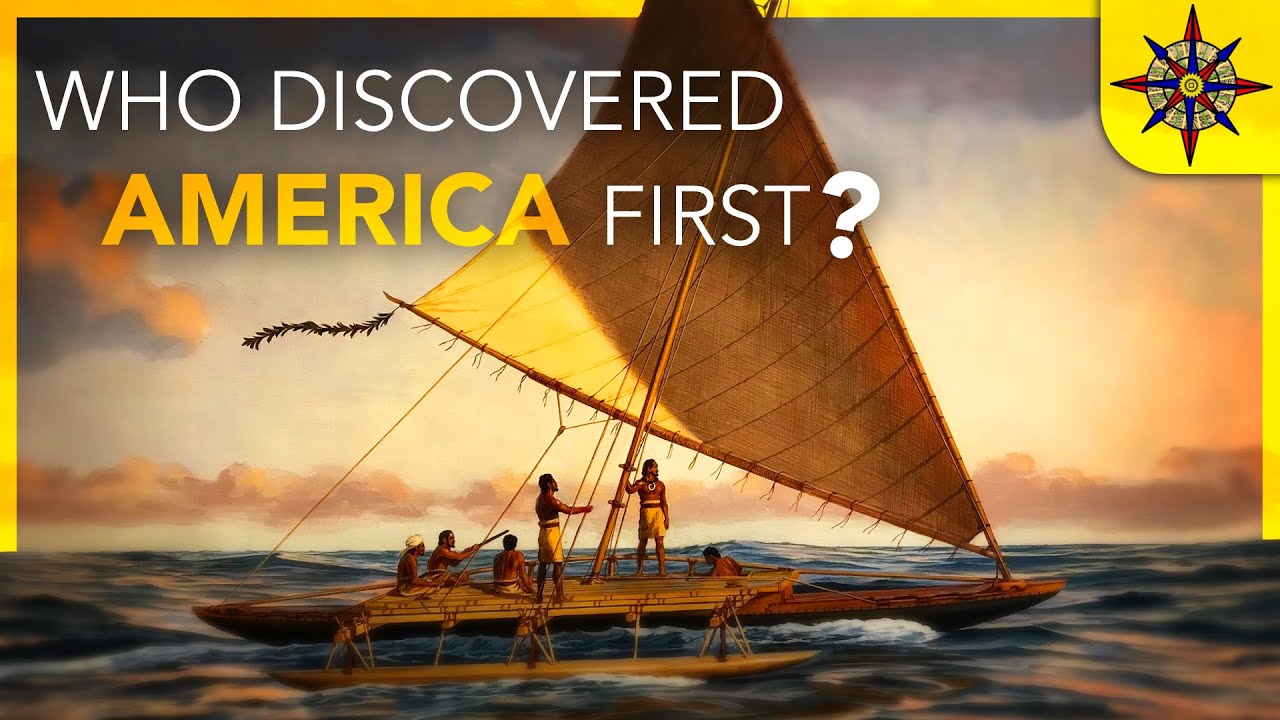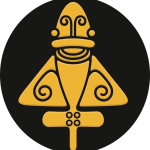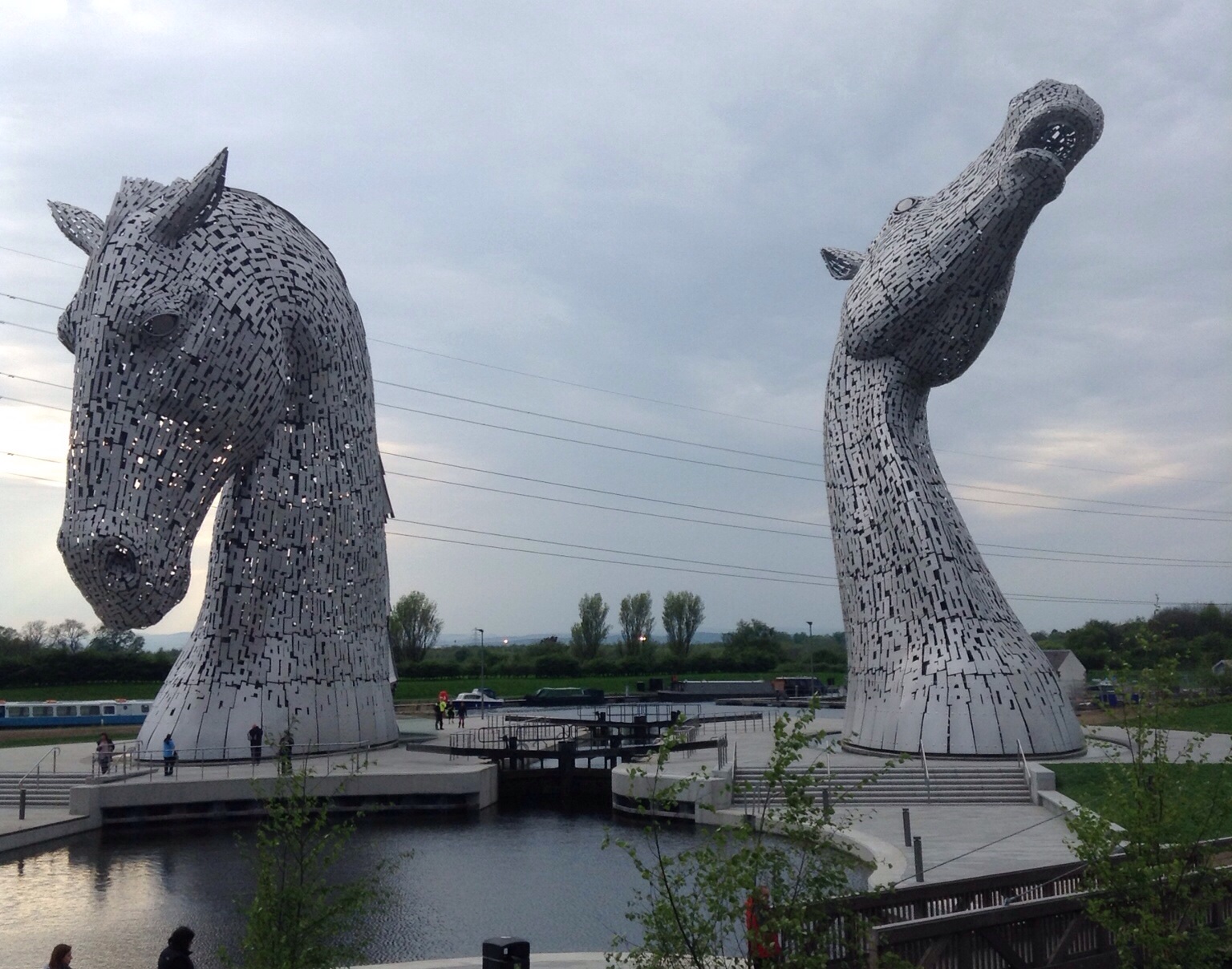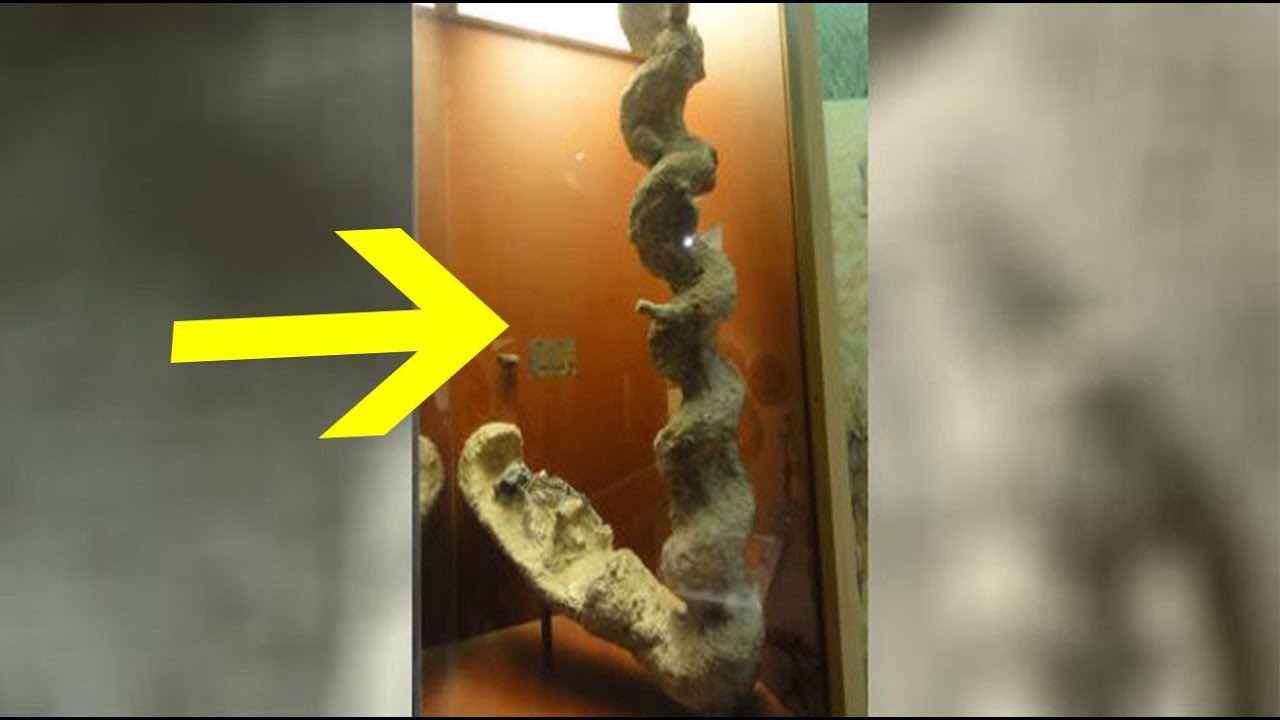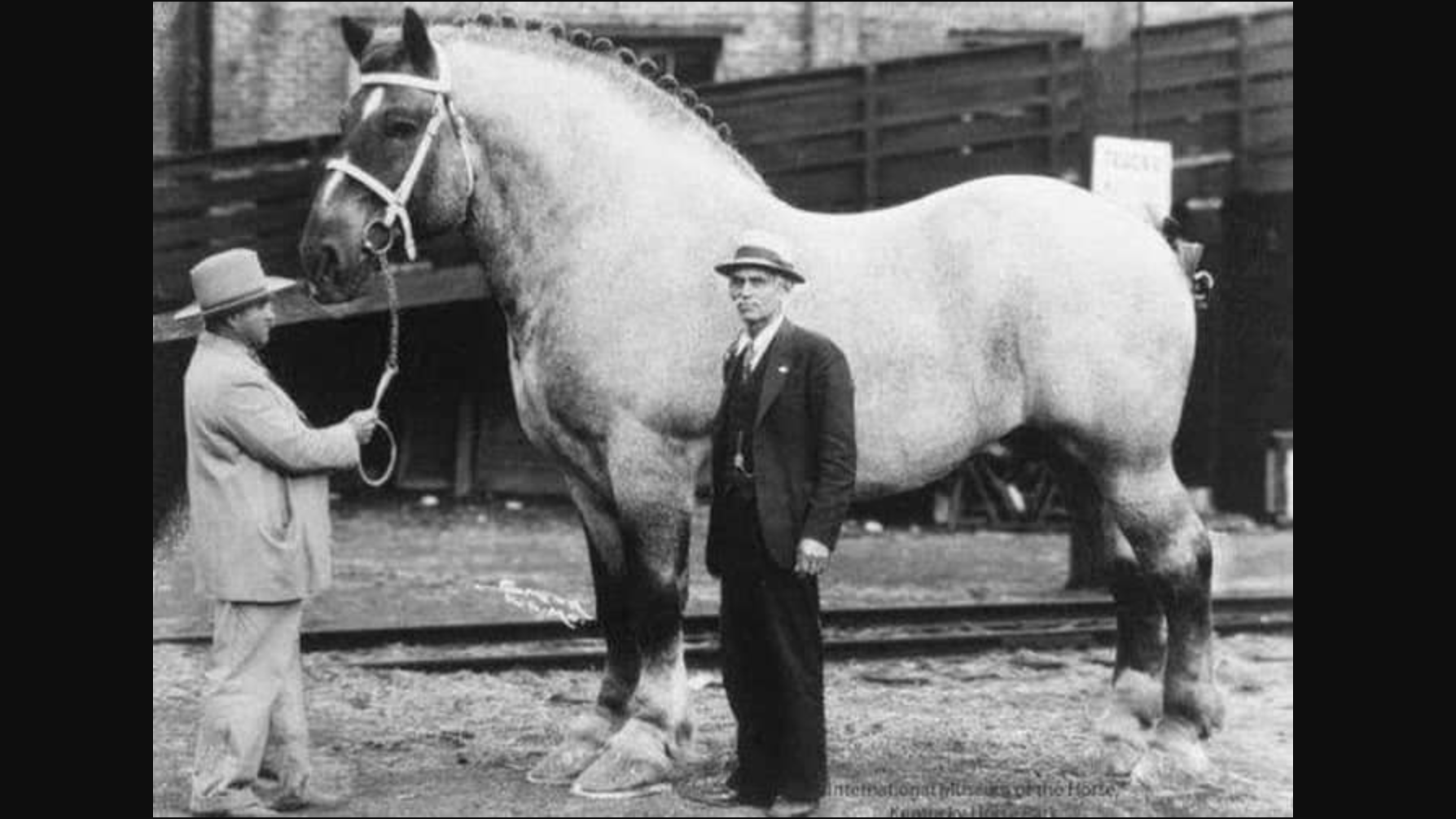Unraveling the Theory of Chinese Explorers in Pre-Columbian America
Could ancient Chinese explorers have ventured across the Pacific Ocean and discovered America thousands of years before Columbus? Let’s delve into this fascinating theory and see if it holds any water.
The Grand Canyon Conundrum
For centuries, the vast Pacific Ocean remained a mystery, its depths unexplored until Ferdinand Magellan’s historic crossing in 1521. Yet, an unconventional theory suggests ancient Chinese explorers reached the shores of present-day Southwestern United States thousands of years prior. This theory is based on interpretations of the Chinese classic text, the Classic of Mountains and Seas, written in the 4th century BC, which seemingly describes the Grand Canyon.
The Journey of Indigenous Americans
Currently, experts believe that the first inhabitants of North America arrived during the last ice age, traversing a frozen Bering Strait into Alaska and Canada and eventually migrating south. The only known pre-Columbian contact is believed to be between Vikings in northwest Canada around 1000 AD and early trade between northeast Asian and northwest American peoples.
The Mysterious “Mulberry Tree”
The Classic of Mountains and Seas, a central text in early Chinese literature, has been linked to descriptions of North America and the Grand Canyon in Alexander McAllan’s 1913 work, Ancient Chinese Account of the Grand Canyon, or Course of the Colorado. McAllan argues that the text’s mention of a “Mulberry Tree” or “Fu-Sang” describes a landmass 10,000 miles east of China, which matches the distance from Beijing to the Grand Canyon.
Fusang: Fact or Fiction?
While the Fusang theory has attracted some proponents, modern sinologists dismiss the idea that the land was near the Americas, suggesting it could be an island near present-day Japan or Russia. However, the theory continues to persist, with some researchers claiming to have found evidence of ancient Chinese presence in the Americas.
Ancient Pictograms: Proof or Coincidence?
In 2013, researcher John Ruskamp claimed to have discovered 84 archaic Chinese pictograms at sites across the Southwestern United States, dating back to 1300 BC. However, his findings were met with skepticism, and a 2015 peer review dismissed Ruskamp’s theory as highly selective and subjective.
Other Theories: Olmecs and Zheng He’s Fleet
Numerous theories about pre-1492 contact with the Americas exist, including the idea that Chinese migrants influenced the Olmec civilization in modern-day Mexico, and that Chinese admiral Zheng He’s fleet discovered America in 1421. However, these claims have been largely debunked by experts.
What the Librarian says
While the theory of ancient Chinese explorers in America is fascinating, it remains highly unlikely due to the lack of archaeological and nautical evidence. While some experiments suggest primitive crafts could have traversed the Pacific, experts doubt the seafaring capabilities of pre-imperial China. The search for definitive proof continues, but for now, the connection between ancient China and the Grand Canyon remains a captivating mystery.
📚📖 Make sure to join Ancient Library on Telegram, and become part of a unique group 👉🏻 https://t.me/theancientlibrary
I am the Librarian, and I, together with the guardians of the Ancient Library, curate content for this site. Welcome, and enjoy your stay.
